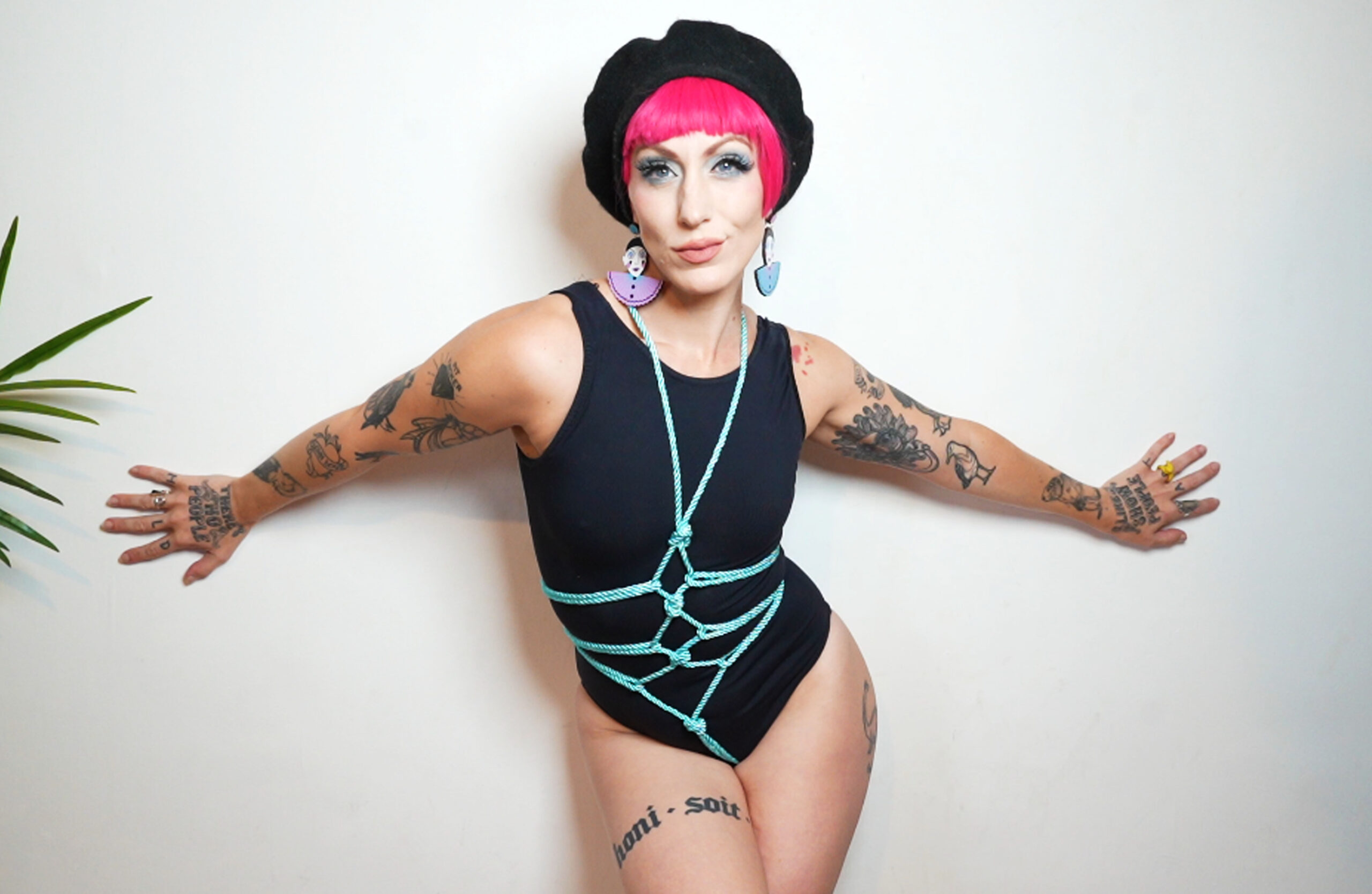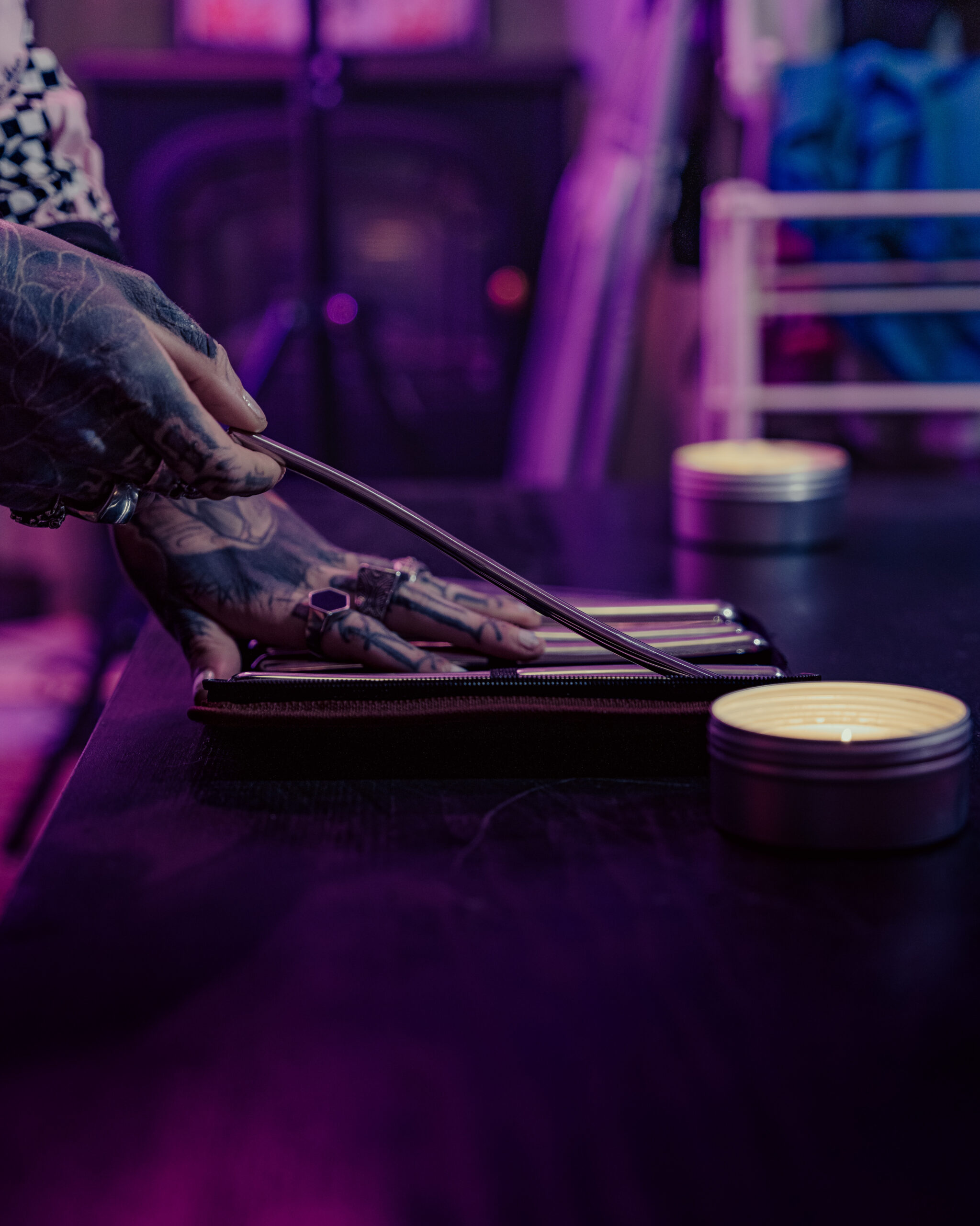Pansexuality
Pansexuality is an identity that embraces attraction to people regardless of their gender identity or expression. It extends beyond traditional labels like lesbian, gay, bisexual, or straight, encompassing a wide spectrum of romantic and sexual orientations. For pansexual individuals, the focus lies on the person, their character, and connection rather than their gender.
Definition
Pansexuality is an identity that embraces attraction to people regardless of their gender identity or expression. It extends beyond traditional labels like lesbian, gay, bisexual, or straight, encompassing a wide spectrum of romantic and sexual orientations. For pansexual individuals, the focus lies on the person, their character, and connection rather than their gender.
- Pansexuality recognizes that gender is a spectrum and that attraction can exist across this spectrum.
- It acknowledges that people may identify with multiple genders or fluidly move between identities.
- Pansexual individuals may be attracted to people of all genders, including transgender, non-binary, agender, and genderfluid individuals.
History and Evolution of the Term
Pansexuality is an identity that embraces attraction to people regardless of their gender identity or expression. It extends beyond traditional labels like lesbian, gay, bisexual, or straight, encompassing a wide spectrum of romantic and sexual orientations. For pansexual individuals, the focus lies on the person, their character, and connection rather than their gender.
The term “pansexuality” is relatively recent in its widespread use, gaining traction in the late 20th century alongside growing visibility and understanding of diverse gender identities. However, ideas and experiences underlying pansexuality have likely existed for centuries.
- Early uses of the term “pansexual” can be traced back to the late 19th and early 20th centuries, often within academic or philosophical contexts.
- The modern understanding of pansexuality as a sexual orientation emerged in the context of LGBTQ+ rights movements and increased discussions about gender fluidity.
- The internet and social media have played a significant role in connecting pansexual individuals and fostering community, leading to greater visibility and acceptance.

Cultural Representations
Pansexuality is an identity that embraces attraction to people regardless of their gender identity or expression. It extends beyond traditional labels like lesbian, gay, bisexual, or straight, encompassing a wide spectrum of romantic and sexual orientations. For pansexual individuals, the focus lies on the person, their character, and connection rather than their gender.
Pansexuality recognizes that gender is a spectrum and that attraction can exist across this spectrum. It acknowledges that people may identify with multiple genders or fluidly move between identities. Pansexual individuals may be attracted to people of all genders, including transgender, non-binary, agender, and genderfluid individuals.

The term “pansexuality” is relatively recent in its widespread use, gaining traction in the late 20th century alongside growing visibility and understanding of diverse gender identities. However, ideas and experiences underlying pansexuality have likely existed for centuries. Early uses of the term “pansexual” can be traced back to the late 19th and early 20th centuries, often within academic or philosophical contexts.
The modern understanding of pansexuality as a sexual orientation emerged in the context of LGBTQ+ rights movements and increased discussions about gender fluidity. The internet and social media have played a significant role in connecting pansexual individuals and fostering community, leading to greater bdsm stuff visibility and acceptance.
Beyond Gender in Attraction
Beyond traditional labels like lesbian, gay, bisexual, or straight, lies a spectrum of attraction that encompasses pansexuality. Pansexuality is an identity that celebrates attraction to individuals regardless of their gender identity or expression. For pansexual people, connection with another person based on character and shared experiences takes precedence over societal norms surrounding gender.
Asexual Orientation
Pansexuality is a sexual orientation characterized by romantic and sexual attraction to individuals regardless of their gender identity or expression. It expands beyond the traditional binary categories of lesbian, gay, bisexual, or straight.
Central to pansexuality is the belief that gender is a spectrum and that attraction can exist across this spectrum. Individuals who identify as pansexual may be attracted to people of all genders, including transgender, non-binary, agender, and genderfluid individuals.
The concept of pansexuality acknowledges that gender identity is fluid and diverse, and it emphasizes the importance of connecting with individuals based on shared values, interests, and personality rather than solely on their gender.
Demisexuality
Pansexuality is an identity that embraces attraction to people regardless of their gender identity or expression. It extends beyond traditional labels like lesbian, gay, bisexual, or straight, encompassing a wide spectrum of romantic and sexual orientations. For pansexual individuals, the focus lies on the person, their character, and connection rather than their gender.
The term “pansexuality” is relatively recent in its widespread use, gaining traction in the late 20th century alongside growing visibility and understanding of diverse gender identities. However, ideas and experiences underlying pansexuality have likely existed for centuries. Early uses of the term “pansexual” can be traced back to the late 19th and early 20th centuries, often within academic or philosophical contexts.
The modern understanding of pansexuality as a sexual orientation emerged in the context of LGBTQ+ rights movements and increased discussions about gender fluidity. The internet and social media have played a significant role in connecting pansexual individuals and fostering community, leading to greater visibility and acceptance.
Other Non-Binary Sexual Orientations
Beyond traditional labels like lesbian, gay, bisexual, or straight, lies a spectrum of attraction that encompasses pansexuality. Pansexuality is an identity that celebrates attraction to individuals regardless of their gender identity or expression. For pansexual people, connection with another person based on character and shared experiences takes precedence over societal norms surrounding gender.
Pansexuality is a sexual orientation characterized by romantic and sexual attraction to individuals regardless of their gender identity or expression. It expands beyond the traditional binary categories of lesbian, gay, bisexual, or straight.
Central to pansexuality is the belief that gender is a spectrum and that attraction can exist across this spectrum. Individuals who identify as pansexual may be attracted to people of all genders, including transgender, non-binary, agender, and genderfluid individuals.
The concept of pansexuality acknowledges that gender identity is fluid and diverse, and it emphasizes the importance of connecting with individuals based on shared values, interests, and personality rather than solely on their gender.
The Importance of Individual Experience
Pansexuality is a sexual orientation characterized by romantic and sexual attraction to individuals regardless of their gender identity or expression. It expands beyond the traditional binary categories of lesbian, gay, bisexual, or straight.
Central to pansexuality is the belief that gender is a spectrum and that attraction can exist across this spectrum. Individuals who identify as pansexual may be attracted to people of all genders, including transgender, non-binary, agender, and genderfluid individuals.
The concept of pansexuality acknowledges that gender identity is fluid and diverse, and it emphasizes the importance of connecting with individuals based on shared values, interests, and personality rather than solely on their gender.
Understanding Attraction as a Spectrum
Understanding attraction as a spectrum is crucial to fully appreciating the diversity of human experiences. While traditional labels like lesbian, gay, bisexual, or straight have long dominated conversations about sexual orientation, these categories often fall short in capturing the full complexity of individual experiences.

Fluid vs. Fixed Identities
Pansexuality recognizes that gender is a spectrum and that attraction can exist across this spectrum. It acknowledges that people may identify with multiple genders or fluidly move between identities. Pansexual individuals may be attracted to people of all genders, including transgender, non-binary, agender, and genderfluid individuals.
The term “pansexuality” is relatively recent in its widespread use, gaining traction in the late 20th century alongside growing visibility and understanding of diverse gender identities. However, ideas and experiences underlying pansexuality have likely existed for centuries. Early uses of the term “pansexual” can be traced back to the late 19th and early 20th centuries, often within academic or philosophical contexts.
The modern understanding of pansexuality as a sexual orientation emerged in the context of LGBTQ+ rights movements and increased discussions about gender fluidity. The internet and social media have played a significant role in connecting pansexual individuals and fostering community, leading to greater visibility and acceptance.
Intersectionality and Attraction
Understanding attraction as a spectrum is crucial to fully appreciating the diversity of human experiences. While traditional labels like lesbian, gay, bisexual, or straight have long dominated conversations about sexual orientation, these categories often fall short in capturing the full complexity of individual experiences.
Pansexuality recognizes that gender is a spectrum and that attraction can exist across this spectrum. It acknowledges that people may identify with multiple genders or fluidly move between identities. Pansexual individuals may be attracted to people of all genders, including transgender, non-binary, agender, and genderfluid individuals.
The term “pansexuality” is relatively recent in its widespread use, gaining traction in the late 20th century alongside growing visibility and understanding of diverse gender identities. However, ideas and experiences underlying pansexuality have likely existed for centuries. Early uses of the term “pansexual” can be traced back to the late 19th and early 20th centuries, often within academic or philosophical contexts.
Intersectionality is a critical lens through which to understand attraction in all its complexity. It acknowledges that individuals hold multiple identities—race, ethnicity, class, ability, religion, and more—that intersect and influence their experiences. For pansexual individuals, intersectionality means recognizing that their gender identity may interact with other aspects of their identity to shape their attractions and experiences.
For example, a Black pansexual woman might face different societal pressures and expectations than a white pansexual woman, or a pansexual person with disabilities might navigate dating and relationships in unique ways. Understanding intersectionality allows us to move beyond simplistic labels and create a more inclusive understanding of attraction that embraces the diversity of human experiences.
Embracing Diversity in Sexual Orientation
Understanding attraction as a spectrum is crucial to fully appreciating the diversity of human experiences. While traditional labels like lesbian, gay, bisexual, or straight have long dominated conversations about sexual orientation, these categories often fall short in capturing the full complexity of individual experiences.
Pansexuality recognizes that gender is a spectrum and that attraction can exist across this spectrum. It acknowledges that people may identify with multiple genders or fluidly move between identities. Pansexual individuals may be attracted to people of all genders, including transgender, non-binary, agender, and genderfluid individuals.
The term “pansexuality” is relatively recent in its widespread use, gaining traction in the late 20th century alongside growing visibility and understanding of diverse gender identities. However, ideas and experiences underlying pansexuality have likely existed for centuries. Early uses of the term “pansexual” can be traced back to the late 19th and early 20th centuries, often within academic or philosophical contexts.
Intersectionality is a critical lens through which to understand attraction in all its complexity. It acknowledges that individuals hold multiple identities—race, ethnicity, class, ability, religion, and more—that intersect and influence their experiences. For pansexual individuals, intersectionality means recognizing that their gender identity may interact with other aspects of their identity to shape their attractions and experiences.
For example, a Black pansexual woman might face different societal pressures and expectations than a white pansexual woman, or a pansexual person with disabilities might navigate dating and relationships in unique ways. Understanding intersectionality allows us to move beyond simplistic labels and create a more inclusive understanding of attraction that embraces the diversity of human experiences.
Apples and Pears Co
Top Girl Studio
- The Strongest THC Soda For High Tolerance Consumers - December 7, 2025
- The Most Popular Questions About Bum Filler Injections Answered - December 6, 2025
- The Best Budget-Friendly Weed Beverages - December 2, 2025
